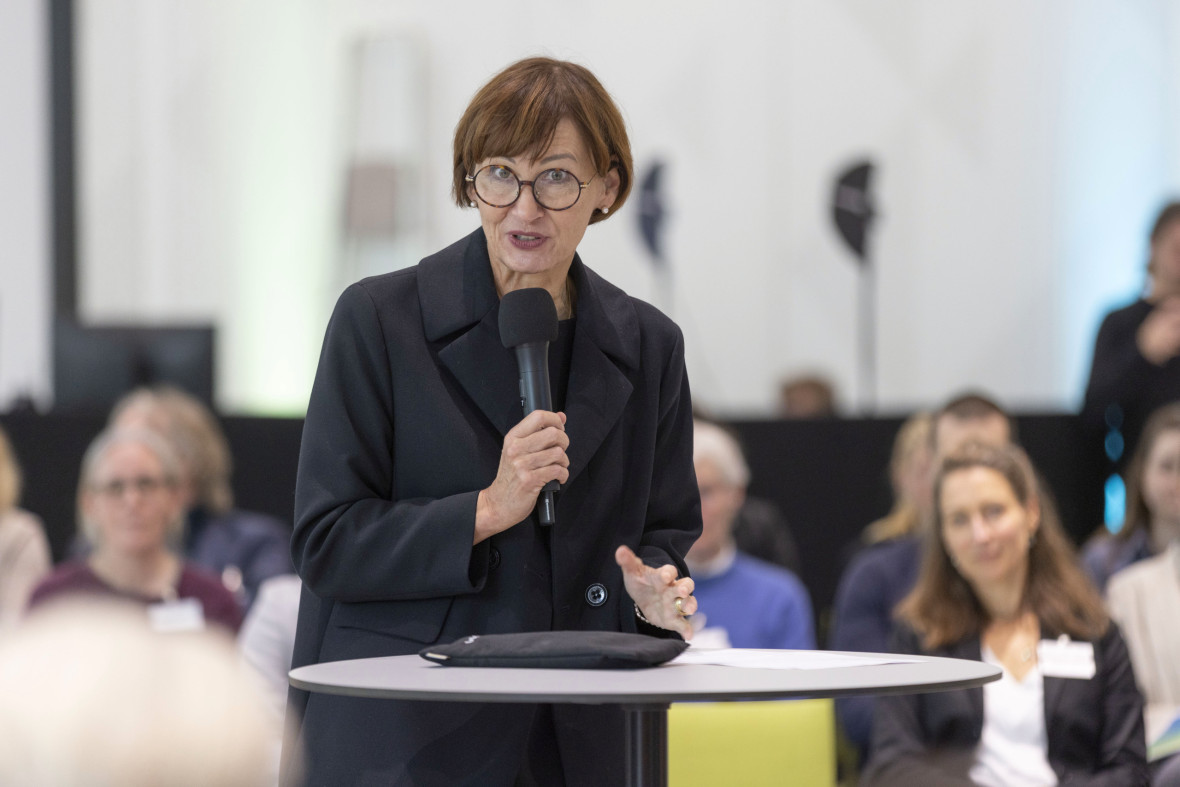Daring to Do Scientific Conferences Differently
02.05.2025

Why do we drive or fly to scientific conferences? Was your last conference really worth the trip? What made the journey worthwhile for you? An unexpected encounter, a new collaboration, an inspiring conversation?
These and similar questions have been on my mind for several years. As a researcher, attending scientific conferences was part of my socialisation and the established mode of scientific work. Conferences were simply part of the job. But over the past decade, I’ve become more selective. Sure, I still meet interesting people and have stimulating conversations at conferences. But increasingly I wonder: with so many bright minds travelling from all over the world, could we not find a way to think creatively together? Could we design conferences that encourage genuine exchange beyond familiar circles – where people don’t just talk to those they already know?
For many years, as part of my research, I have been designing processes for inter- and transdisciplinary groups of between 5 and 50 participants from a wide range of backgrounds, from efforts to foster dialogue at the UN Climate Conference, to strategy retreats for climate decision-makers from industry, to creative workshops with researchers in Earth system science or neuroscience aimed at developing innovative ideas, publications or research projects. I’ve seen again and again how much becomes possible when a group begins to function not just as individuals in parallel, but as a collective – an organism, even. At the same time, I’ve wondered: can this kind of deep collaboration scale? Or does it only work when the group is small and relatively homogeneous? For a while now, I’ve wanted to test what’s possible with larger, more diverse groups.
A year and a half ago, I was unexpectedly invited to try out just that. Our director, Mark Lawrence, was approached by the German Federal Ministry of Education and Research (BMBF) with a question: could the format of the FONA Forum be reimagined? The RIFS (formerly IASS) has been experimenting with innovative communication formats for some time and Mark Lawrence suggested that I speak with the BMBF. After an initial meeting, I was hooked.
There was a genuine desire on the part of the BMBF to tread new ground with an innovative format. They themselves (like me) did not have a clear idea of what it should look like in the end (which I was pleased about). Instead, they asked what the FONA community needed, and how the BMBF – as a funding body – could support that. Like many others, they’d noticed a post-pandemic dip in meaningful exchange across their networks. What they hoped for was a revitalisation of the community – a conference where participants wouldn’t just consume information, but actively contribute, connect, and leave with ideas and insights they could apply in their own work.
I won’t go into too much detail here, though the process itself was a fascinating journey of co-creation. It demanded a high degree of flexibility from all parties and a lot of listening, learning, adapting, and building trust – not only between us and the BMBF, but also with the venue and the broader community. It took time for the format to emerge but I am all the more pleased with what came out in the end.
While we were initially concerned that nobody would come if we invited people to a conference without a single keynote speech, we were proved wrong. Ultimately, we had far more registrations and interested parties than we could accommodate. Around 200 participants from science, business, politics, and civil society took part in the highly interactive gathering, which included a kind of "research role" for the 35 or so participants from the BMBF and various project management organisations. We’ve since published an article in GAIA that outlines some initial findings and results. And if you weren’t there but are curious about what kind of prototype we developed, I recommend visiting the FONA website and watching the short video from the event. It will hopefully convey an impression of the vitality of the exchange across disciplines and subject boundaries.
For all of us – including me – it was a considerable step out of our comfort zone, and it was really great fun. It was challenging, yes, but also deeply rewarding. And that, to me, is what research is about.
So, if you're organising a meeting, workshop, or conference, maybe now is the time to experiment in your own (research) environment. Try something different. You might be surprised by what becomes possible when you do. Whatever path you take, I wish you bold ideas and good companions as you venture into new territory.








